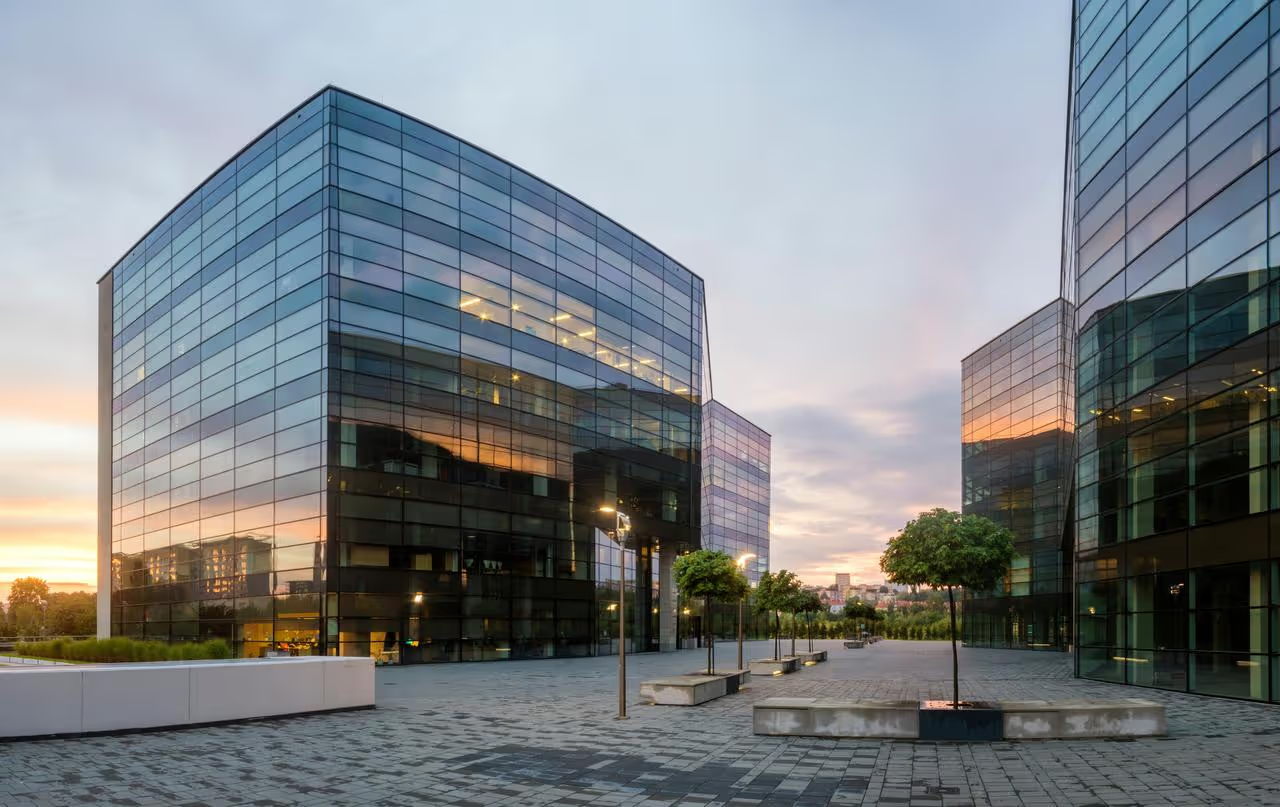Top Factors for Architects and Building Planners in Access Control Procurement

As per the PRNewswire report, the global access control system market is expected to reach US$ 13.1 billion by 2026 at a CAGR of 8.7%. Access control systems play a critical role in limiting unauthorized access to a building and ensuring that only authorized individuals are allowed entry. Additionally, the advance ments in technology have made access control systems more sophisticated and versatile, allowing them to be tailored to the specific needs of a building or facility.
Architects and building planners have a significant role to play in procuring the right access control systems for a building. They serve as intermediaries between the occupiers' requirements and the access system providers, making it essential for them to understand the key factors to consider while selecting an access control system for any building project.
This article highlights the top factors that architects and building planners should take into account when procuring access control systems to ensure effective and secure building management.
1. Understand the building requirements and the type of access control systems required
Selecting the appropriate access control system is reliant on an architect's comprehension of building specifications. Access control systems are not a one-size-fits-all solution, and different buildings have different security requirements.
Architects must consider the building's intended use, occupancy levels, and potential security risks when selecting the appropriate access control system. Failure to do so could result in a system that is either inadequate or overly complex and expensive.
The aesthetic impact of the access control system on the building's design should also be considered, as it should seamlessly integrate into the overall building aesthetic.
An overall understanding of building requirements is essential to ensure that the access control system is effective, efficient, and integrated seamlessly into the building's overall design and function.
2. Compliance
Compliance is a critical factor to consider when procuring access control systems. The system should meet industry standards and regulatory requirements to ensure legal compliance. For example, if the building contains sensitive data or personal information, the access control system should comply with data protection regulations to safe guard this information. Similarly, if the building is a health care facility, the system should meet health and safety regulations to protect patients and staff.
Compliance also includes adherence to building codes and fire safety regulations, ensuring that the access control system does not hinder the safe evacuation of occupants in an emergency.
In addition, some buildings may require access control compliant with specific industry standards, such as the National Fire Protection Association (NFPA) and the International Building Code (IBC).
3. Multiple integration capabilities with legacy infrastructure systems
Integration capabilities refer to the ability of the access control system to integrate with other building systems, such as security cameras, alarm systems, and HVAC systems. Integration can provide enhanced security, energy efficiency, and operational efficiencies. For example, integration with security cameras can allow video verification of access events, while integration with HVAC systems can allow occupancy-based temperature control. Architects and building planners should consider the integration capabilities of the access control system to ensure that it can be seamlessly integrated with other building systems. dormakaba works together with its integration partners to help architects deploy a fully integrated solution to simplify a building's access control operations.
4. Look for cloud-based technology
Wireless and cloud-based technology are becoming increasingly important in modern access control systems. Wireless access control systems, for example, allow users to access a building without needing physical keys or cards. These are an absolute favorite among architects and building designers as they offer flexible, universal, and wireless access to home/office security at a single touch on smartphones or other gadgets.
dormakaba's EntriWorX Insights connected doors enable data collection for further analytics and predictive maintenance.
5. Scalability
Scalability refers to the ability of the access control system to expand or contract to meet changing building requirements. The system should be scalable enough to accommodate changes in building occupancy levels, access requirements, and technological advancements. Scalability can also refer to the ability of the system to expand to multiple buildings or locations.
For example, a single access control system may be used to control access to multiple buildings within a campus or organization. Architects and building planners should consider the scalability of the access control system to ensure that it can accommodate future growth and expansion.
This can help ensure the access control system's long-term effectiveness and efficiency. dormakaba's Kaba exos 9300 is intended to be used for a long time and provides complete scalability with future advancements and the ability to expand in the future.
6. Ensure ease of use
The choice of access control systems should rely on ease of use. The access control system should be easy to use for both the personnel who manage the system and the users who gain access.This factor is important as the end users would range from very technical personnel to mid-range workers and absolutely ‘no-tech’ people. Considering the wide demographics, architects or building planners should look out for ease-of-use features such as user-friendly software and intuitive dashboard and control functions. A good system should enable easy programming for addition, deletion, and modification access rights.
7. Ensure multiple security feature availability
Architects and building planners should always consider multiple security options while choosing their access control systems solutions. At present, there are multiple security options available in the market that includes facial recognition, fingerprint scanning, and other biometric authentication, card access, virtual keypads, sensor barriers, personal interlocks and more. Architects must consider the size, complexity and types of access points and entry ways, and the level of security required while designing the building.
8. Flexibility
Flexibility is an important factor to consider when procuring access control systems. The system should be flexible enough to accommodate changing security requirements, user needs, and technological advancements. It should be easily adaptable to accommodate changes in the building structure, occupancy levels, and access requirements.
Flexibility can also include features such as multi-factor authentication and biometric authentication, which can provide enhanced security and adaptability. dormakaba's access solutions are designed to facilitate seamless building operations while offering both security and flexibility.
9. Maintenance support
Maintenance and support are critical factors in ensuring the reliability and longevity of the access control system. Architects and building planners should consider the maintenance and support requirements of the system to ensure its long-term reliability. This can include factors such as the availability of spare parts, the need for regular maintenance, and the availability of technical support.
The system should be designed to minimize maintenance requirements and should have a clear and easy-to-follow maintenance schedule. Additionally, technical support should be readily available to troubleshoot and resolve any issues that may arise.
Proper maintenance and support can ensure that the access control system remains operational and effective, providing long-term security and protection for the building and its occupants. dormakaba not only offers fault resolution services but also provides preventative service packages and more targeted modules.
What are the various types of access control systems available?
There is a range of access solutions that cater to various industries and applications, including electronic access control systems, biometric identification systems, and traditional mechanical locking systems.
An electronic access control system can range from stand alone systems to advanced networked systems that allow for centralized control and monitoring. Biometric identification systems use fingerprint, facial recognition, or iris recognition technologies to provide secure and efficient access control.
There are also card reader access solutions that utilize contactless smart card technology for secure access control. The card readers can be used with various access control systems, including stand alone and networked systems.
Mobile access solutions that utilize mobile devices such as smartphones allow users to gain access to secured areas using their mobile devices, eliminating the need for physical access cards or keys.
Conclusion
Selecting the appropriate access control system is crucial for architects and building planners as it plays a vital role in building security, accessibility, and convenience.
When specifying access control systems for buildings, architects, and interior designers should always consider the system's usability, protection, scalability, integration, pricing, flexibility, maintenance, durability, support, and industry best practices.
dormakaba, a global leader in security solutions, provides access control systems for a variety of industries. These systems are designed to provide secure access to buildings and areas with in them, as well as provide detailed analytics and reporting. Check out our range of access control solutions or contact us for a detailed consultation.




